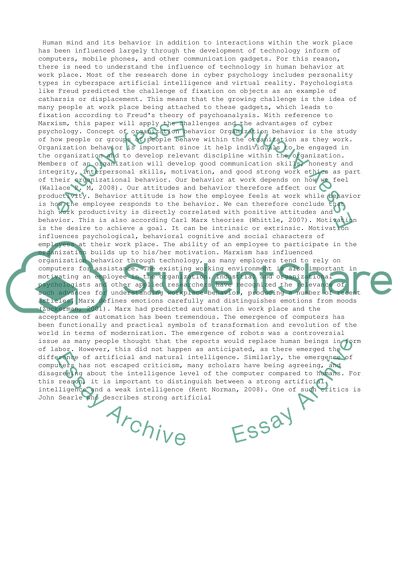Cite this document
(“CYBER-PSYCHOLOGY Essay Example | Topics and Well Written Essays - 3000 words”, n.d.)
CYBER-PSYCHOLOGY Essay Example | Topics and Well Written Essays - 3000 words. Retrieved from https://studentshare.org/management/1497720-cyber-psychology
CYBER-PSYCHOLOGY Essay Example | Topics and Well Written Essays - 3000 words. Retrieved from https://studentshare.org/management/1497720-cyber-psychology
(CYBER-PSYCHOLOGY Essay Example | Topics and Well Written Essays - 3000 Words)
CYBER-PSYCHOLOGY Essay Example | Topics and Well Written Essays - 3000 Words. https://studentshare.org/management/1497720-cyber-psychology.
CYBER-PSYCHOLOGY Essay Example | Topics and Well Written Essays - 3000 Words. https://studentshare.org/management/1497720-cyber-psychology.
“CYBER-PSYCHOLOGY Essay Example | Topics and Well Written Essays - 3000 Words”, n.d. https://studentshare.org/management/1497720-cyber-psychology.


